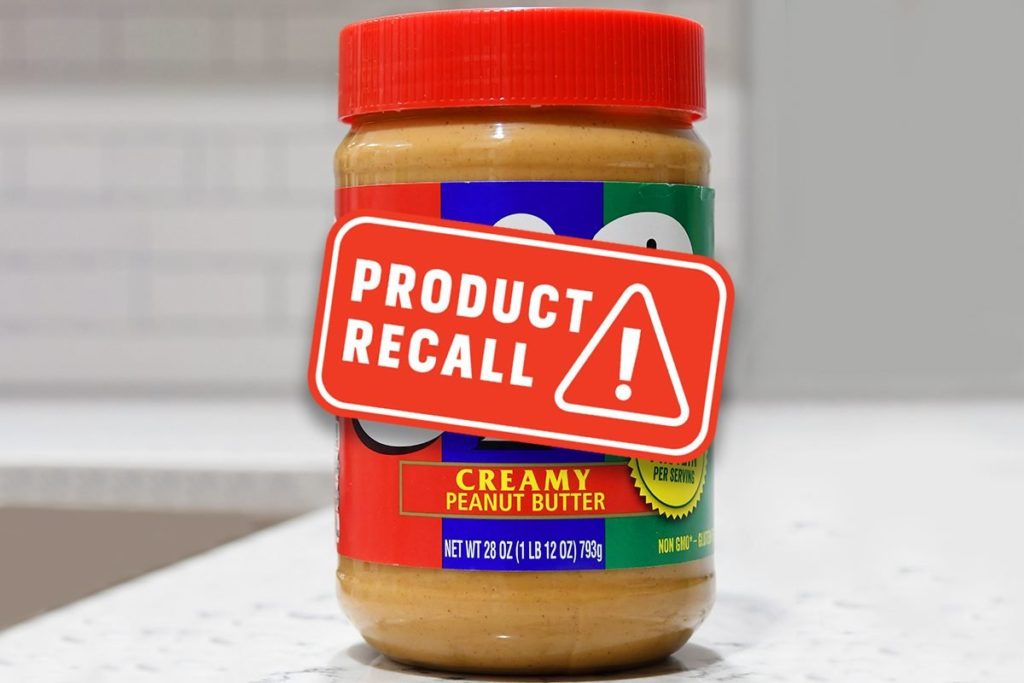
The Food Allergen Labeling and Consumer Protection Act or FALPCA was enacted to help food allergic consumers navigate their way through the grocery aisles and easily identify common allergens on product labels. Because 15 million Americans today have at least one food allergy and the number of hospital visits related to food allergies and allergic reactions is increasing (see also), consumers rely on food labels more than ever to avoid foods that could potentially provoke life-threatening reactions. Despite the efforts on the part of food manufacturers to identify common allergens in their products, unlabeled food allergens are a leading cause of recalls in the U.S. There are certain foods and allergens that are most often included in these recalls that food companies need to draw their attention towards.
The Reportable Food Registry (RFR) is a program that collects and reviews mandatory reports from industry and voluntary reports from public health officials regarding potentially harmful foods or foods that pose a risk of serious adverse health consequences to consumers, such as food allergens. Since 2009, the RFR has been tracking and analyzing data related to undeclared food allergen occurrence in U.S. products and the recalls associated with them. According to the RFR, the percentage of all recalls caused by undeclared food allergens increased steadily from 30% of all reports in 2010 to 40% in 2012. During that time, the five types of foods most often involved in food allergen recalls were bakery foods, snack foods, candy, dairy and dressings (in order of most commonly recalled to least). As far as the specific allergens involved in the recalls, milk, wheat and soy represented the three most commonly recalled allergens of the “Big 8.” Surprisingly, peanut and tree nut recalls combined were fewer than the number of recalls for soy, which had the fewest recalls of the top 3.
The RFR didn’t stop at simply figuring out which types of foods and which allergens were most commonly recalled, they aimed to understand the root cause of the recalls, as well. During the 3 year period from 2009 to 2012, 13 distinct root causes were identified for the recalls with the most common being due to wrong packaging or labeling. The most frequent problems were:
- Packages for similar products made with different allergens, or products with and without allergens looked almost identical
- Incorrect terminology was used in the ingredient list
- Information from an ingredient list never made it to the final product label
In many of these food allergen recalls, the root causes were simple problems that could have easily be avoided. Similar to incidents that happen in the front and back of the house regarding food allergies, many can be easily avoided through proper training and knowledge. Just knowing what types of food products most often have food recalls can help you and your clients/staff known which food items might be best to make in house from scratch recipes to ensure patrons are safe while dining out.
For more information on the “Big 8” allergens and how to avoid allergen-related incidents in your kitchen, call MenuTrinfo at 888.767.6368 today!



